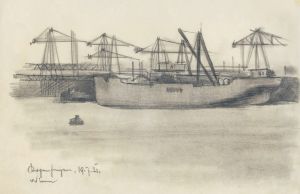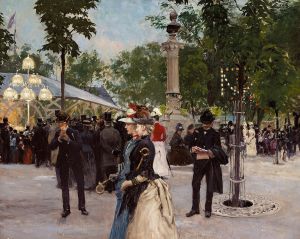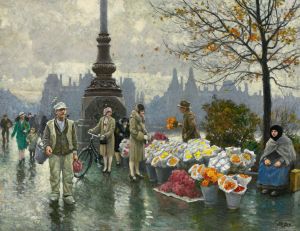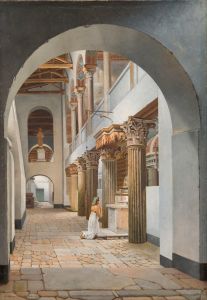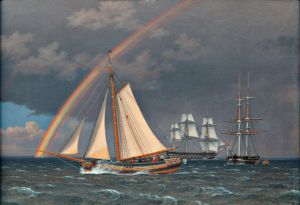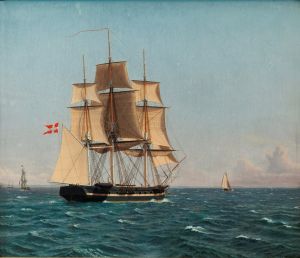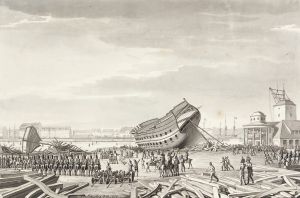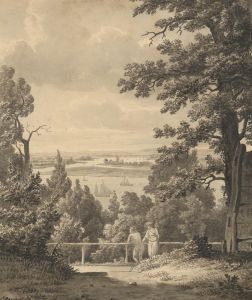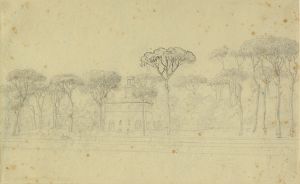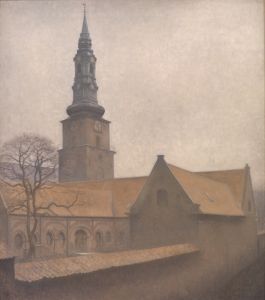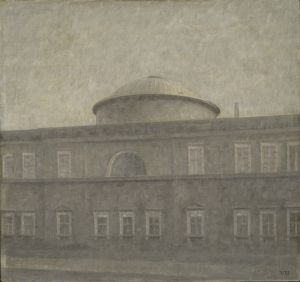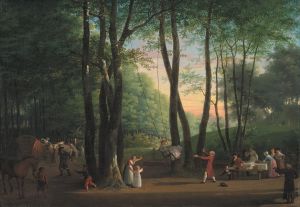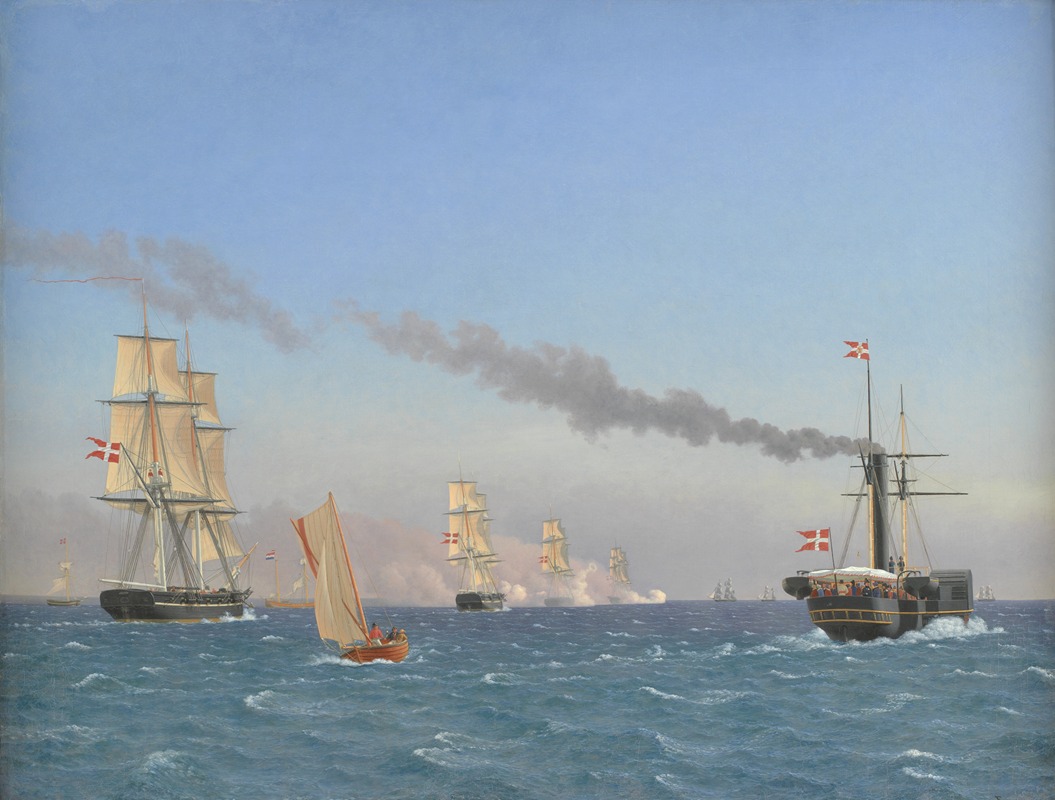
Christian VIII Aboard his Steamship ‘Ægir’ Watching the Manoeuvres of a Squadron near Copenhagen
A hand-painted replica of Christoffer Wilhelm Eckersberg’s masterpiece Christian VIII Aboard his Steamship ‘Ægir’ Watching the Manoeuvres of a Squadron near Copenhagen, meticulously crafted by professional artists to capture the true essence of the original. Each piece is created with museum-quality canvas and rare mineral pigments, carefully painted by experienced artists with delicate brushstrokes and rich, layered colors to perfectly recreate the texture of the original artwork. Unlike machine-printed reproductions, this hand-painted version brings the painting to life, infused with the artist’s emotions and skill in every stroke. Whether for personal collection or home decoration, it instantly elevates the artistic atmosphere of any space.
"Christian VIII Aboard his Steamship ‘Ægir’ Watching the Manoeuvres of a Squadron near Copenhagen" is a painting by the renowned Danish artist Christoffer Wilhelm Eckersberg. This artwork, completed in 1848, is a significant piece that reflects both the artistic style of Eckersberg and the historical context of Denmark in the mid-19th century.
Christoffer Wilhelm Eckersberg, often referred to as the "father of Danish painting," was a pivotal figure in the Danish Golden Age of painting. Born in 1783, he studied at the Royal Danish Academy of Fine Arts and later in Paris under Jacques-Louis David, a leading neoclassical painter. Eckersberg's work is characterized by its meticulous attention to detail, clarity, and the use of light, which are evident in this painting.
The painting depicts King Christian VIII of Denmark aboard the steamship ‘Ægir’. Christian VIII, who reigned from 1839 until his death in 1848, was known for his interest in modernizing the Danish navy, among other reforms. The steamship ‘Ægir’ was one of the vessels that represented the technological advancements of the time, as steam power was becoming increasingly important in naval operations.
In the painting, King Christian VIII is shown observing naval maneuvers near Copenhagen. This setting is significant as Copenhagen, the capital of Denmark, has historically been a central hub for Danish naval power. The maneuvers likely represent the strategic and military interests of Denmark during this period, as the nation sought to maintain its sovereignty and influence in the region amidst the shifting political landscape of Europe.
Eckersberg's composition captures the serene yet commanding presence of the king as he oversees the operations. The use of light and shadow, along with the detailed depiction of the steamship and surrounding waters, exemplifies Eckersberg's skill in rendering maritime scenes. His ability to convey the atmosphere of the moment, combined with the precise portrayal of the steamship, highlights the intersection of art and technology during this era.
The painting not only serves as a historical document of a specific event but also reflects the broader themes of progress and modernization that were prevalent in 19th-century Europe. Eckersberg's work provides insight into the Danish Golden Age, a period marked by cultural and artistic flourishing, and the role of art in documenting and interpreting contemporary events.
Today, "Christian VIII Aboard his Steamship ‘Ægir’ Watching the Manoeuvres of a Squadron near Copenhagen" is appreciated not only for its artistic merit but also for its historical significance. It remains an important piece within Eckersberg's oeuvre and continues to be studied for its contribution to Danish art and history.





